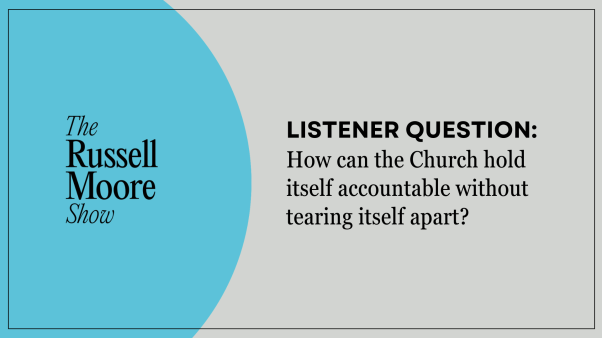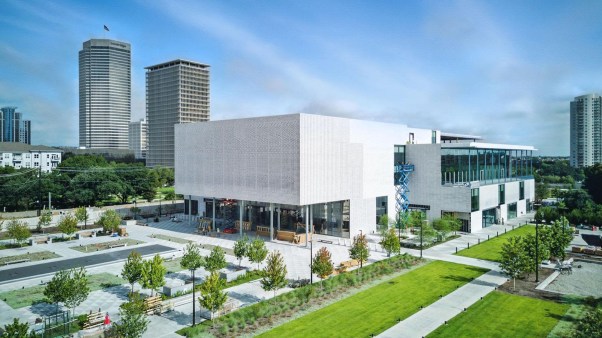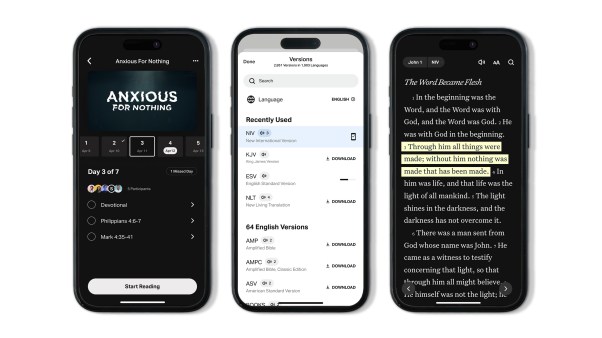When I travel, I look for Starbucks. I know I will need a good cup of coffee in the morning. And when I go to any Starbucks I know I will get a great cup of coffee from friendly people in a relaxing environment with good music. I know this because after hundreds of visits in dozens of cities, I have almost never been disappointed. Starbucks has proven itself as a brand. That is one main reason you can find them on what seems like every corner of a given neighborhood.
Whether we like it or not, similar thoughts go into how people choose to attend church. People want to find something they need—the good things of God—from friendly people in a relaxing environment with good music. And they want to experience that consistently enough that they can trust the church.
The megachurch proved that a church can draw from an entire region rather just one neighborhood if it becomes one of those trusted places. The problem is that people will drive only so far, and buildings can grow only so big. More recently, many churches are finding a way beyond those limitations: multiple sites. We now clearly see that we are not limited to a particular community, region, or building size.
Reproducing Groups
When five buddies started our church, Community Christian, in 1989, we had no idea that ten years later we would be meeting at more than one location. What we did know was that we would emphasize the often-talked-about and less-practiced idea of reproducing through apprentice leaders. We made sure that every small group knew it was expected to reproduce, and that was done through developing an apprentice leader.
Reproducing Services
As we developed leaders, we took a step of adding a second service. We didn’t wait to do that until we ran out of space or seats. Instead, we believed that if we had the leaders, God would send the people. So we added a second service within six months of starting Community Christian Church. Today, we have 22 weekly celebration services.
Reproducing Sites
The Multi-Site Church is simply an advanced and sophisticated understanding of that same idea. The same idea that motivated us to reproduce small groups caused us to reproduce services (congregations) and when God presented the opportunity, reproduce sites. When we started Community Christian we were just five college kids trying to disciple one leader at a time; we didn’t know that in a few short years we would have eight locations in Chicagoland.
|
|
Reproducing Churches
But the idea doesn’t end there for a church with a reproducing culture. In the last three years we have planted four churches and will launch a fifth next year. This simple idea of reproducing leaders has now evolved into a network of reproducing churches (www.newthing.org).
Benefits of a Reproducing Church
When a church becomes a reproducing church, it discovers several benefits:
- Increased Outreach. At Community Christian, we want to reach people because we believe that each person matters to God. And as we have coached hundreds of churches, we have seen that when churches begin multiple locations, they dramatically increase their outreach. When Leadership Network surveyed one thousand multi-site churches, the number one reason churches added new sites was “for evangelistic purposes”.
- Involved Followers. When you reproduce sites, you involve more people in ministry. Last year, one of our sites sent 150 of its best people to start a new site. Before they left, 54 percent of the people at the sending site were both in a small group and involved in serving. So when those 150 key people left, we worried about the effect it would have on the sponsoring site. Now, one year later, we have seen the total outreach increase from 800 people weekly to over 1,100 people weekly—with 74 percent of the people at both locations connected in a small group and involved in serving others.
- Improved Quality. Each time we launch a site, we rethink how we do children’s ministry, creative arts, small groups, etc., which improves their quality. Plus, since certain overhead and personnel expenses are shared, costs drop.
If your church is limited by geography, demography or building size, those need no longer be inhibitors. When your church history and tradition says “stay here,” but growth opportunities say “move over there,” you now can do both by employing the Multi-Site Church strategy.
Dave Ferguson is Lead Pastor of Community Christian Church, Naperville, Illinois (www.communitychristian.org). The church is hosting a Multi-Site Conference, October 24 & 25 in Chicago, along with the leadership teams of North Coast Church in San Diego and Seacoast Church in South Carolina (www.multi-site.org).









